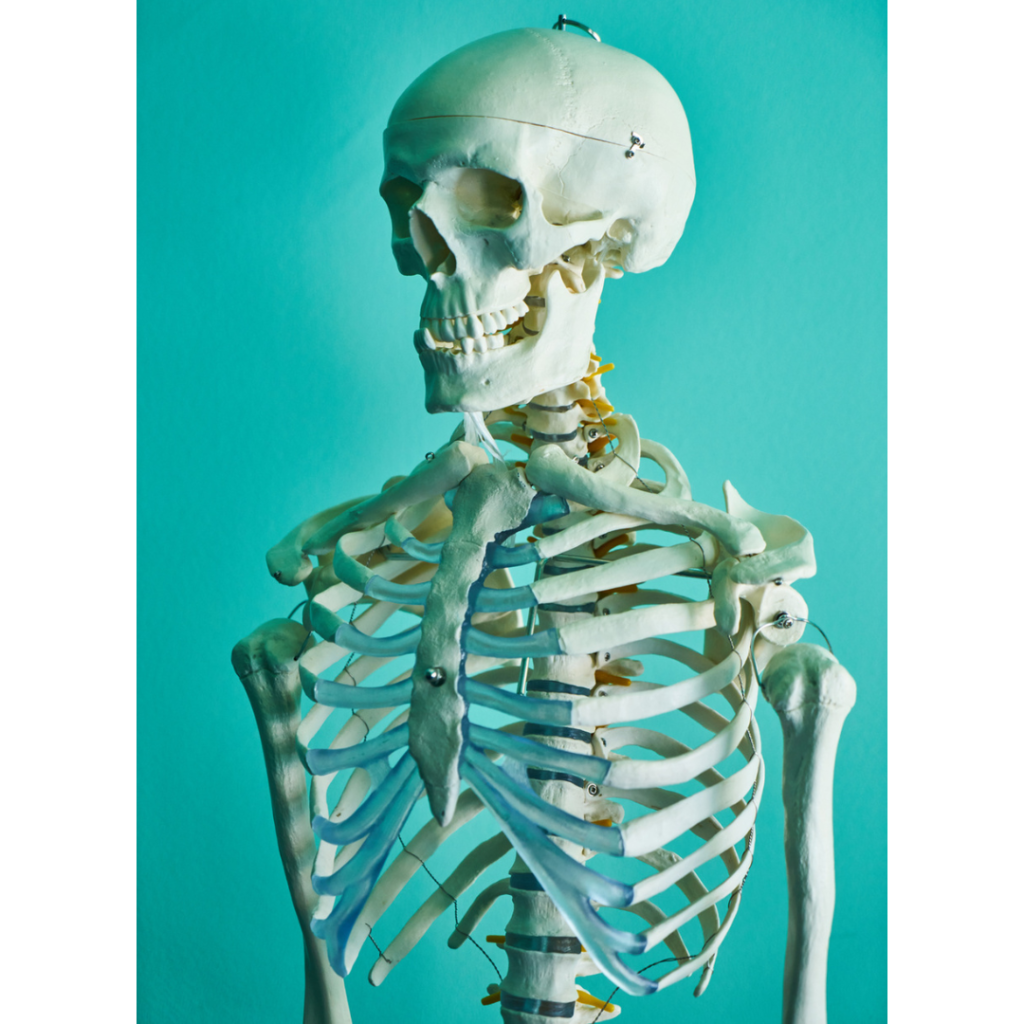by Dr. Christina Oleson
The August edition of Spinal Cord, a leading journal in the publication of spinal cord injury research, features an article by Professor of Physical Medicine and Rehabilitation Christina Oleson MD on the role of administering intravenous Zoledronic acid for the prevention of bone loss given in the first 21 days following SCI. Rapid loss of bone begins as early as 10 days following injury in those with complete SCI and the process continues at an aggressive pace for the initial 3 months post-injury.
The subsequent 2-2.5 years show a continued steady decline in bone density, during which individuals can lose large amounts of skeletal structure in hips, upper legs, and lower legs, putting them at risk for fractures even early after SCI. The risk only increases as years from injury progress. The findings, which were published online in February 2020, show that 4 months after the study drug was given, those who received a saline placebo lost an average of 9-13% of bone in 3 hip areas (range of 3-25% loss) whereas those persons receiving the Zoledronic acid had a net gain of 0-1% in the same hip regions (range of 6% loss to 22% gain).

In the distal femur bone located just above the knee, the loss was 6% for control participants receiving saline (range of 1.4-12% loss) and an average of 0-1% loss (range 7% loss to 7% gain) for those receiving Zoledronic acid. Although differences were less pronounced at the knee, they were statistically significant. Findings at one year were even more pronounced at the hip, but less pronounced at the knee.
Zoledronic acid is an FDA approved medication for osteoporosis, but special protocols are needed to deliver this medication safely in those with spinal cord injury. Despite many safety measures, the majority of those receiving Zoledronic acid still experienced side effects of fever and body aches for 24-72 hours. Due to the potential of harming the kidney, the protocol in the outpatient setting would need to be entirely different than what might be given to non-paralyzed individuals with age-related osteoporosis. The intravenous medication would need to extend over several hours, which is not done in most infusion centers.
Dr. Oleson is working to develop a safe and effective protocol to administer this to outpatients. When the 6-year study was begun in 2011 at Dr. Oleson’s former institution in Philadelphia (Thomas Jefferson University), few other options existed that had the power to truly impact long term bone health. Currently, other agents have emerged with this potential, but all of the newer agents, as well as Zoledronic acid, require further investigation in a larger number of individuals with SCI to look at gains experienced by the larger population.
